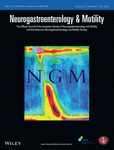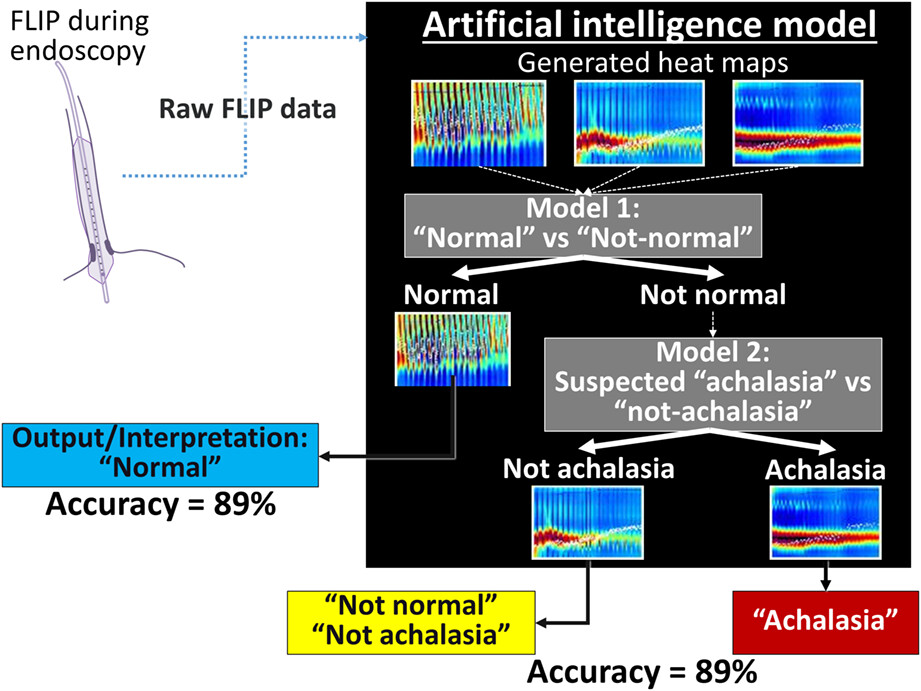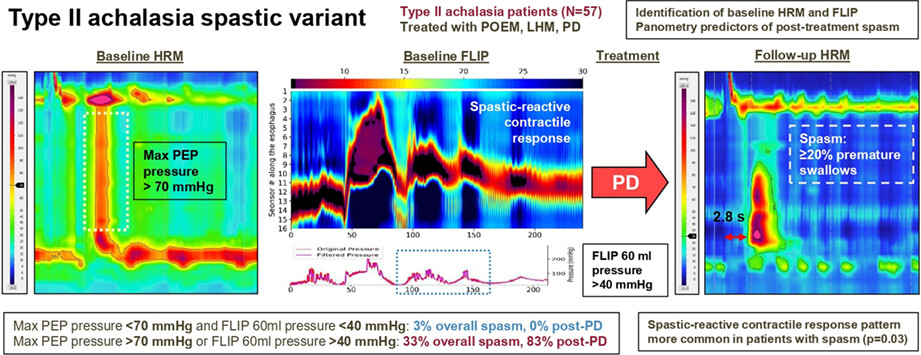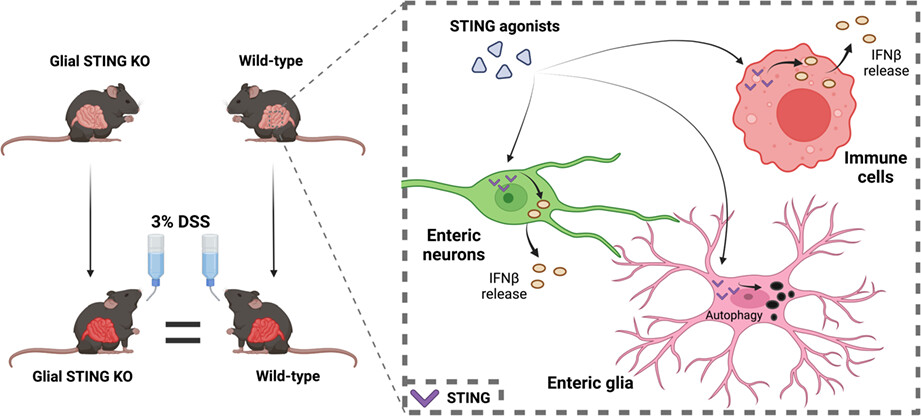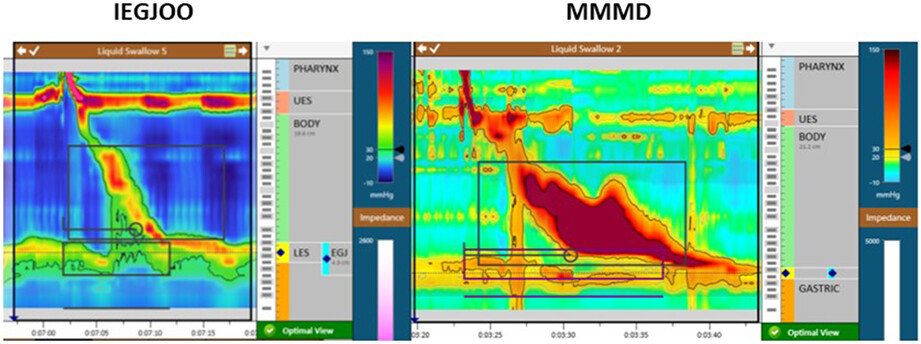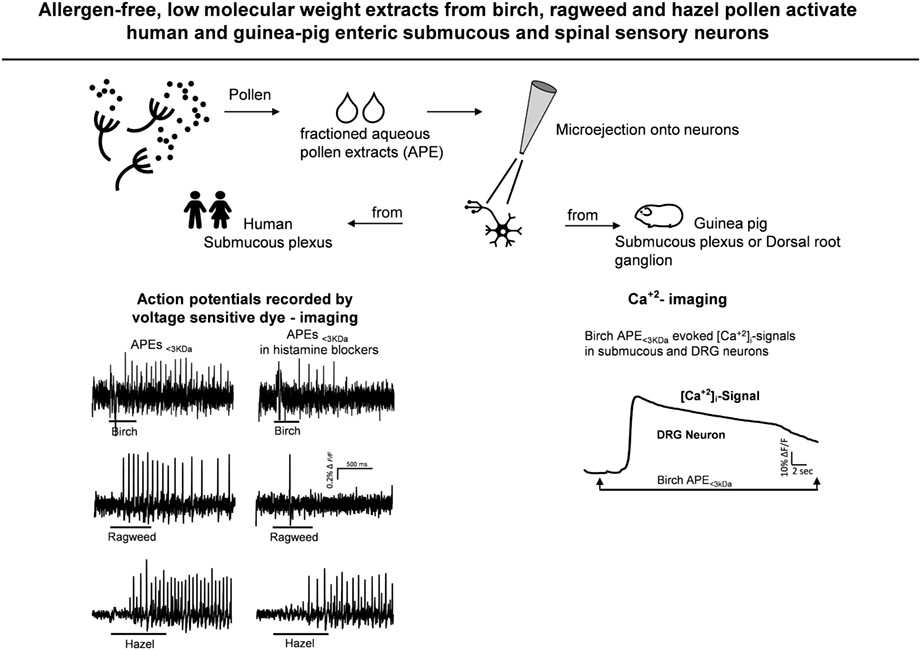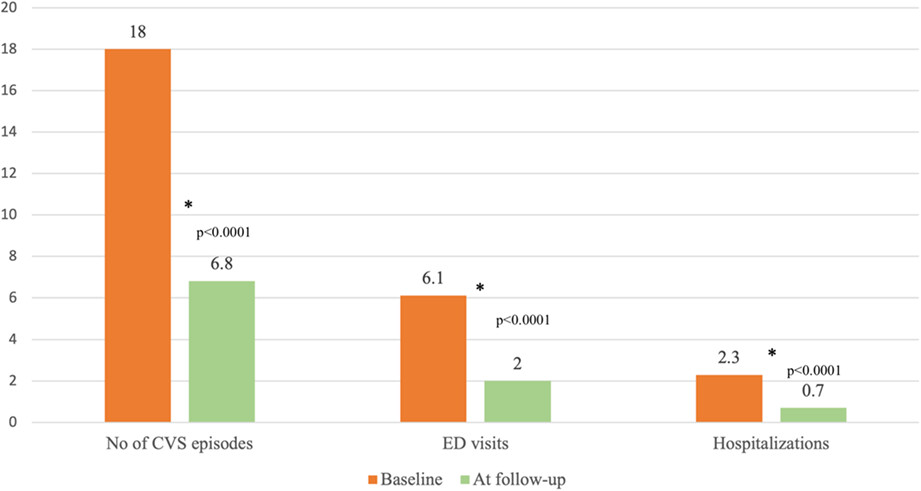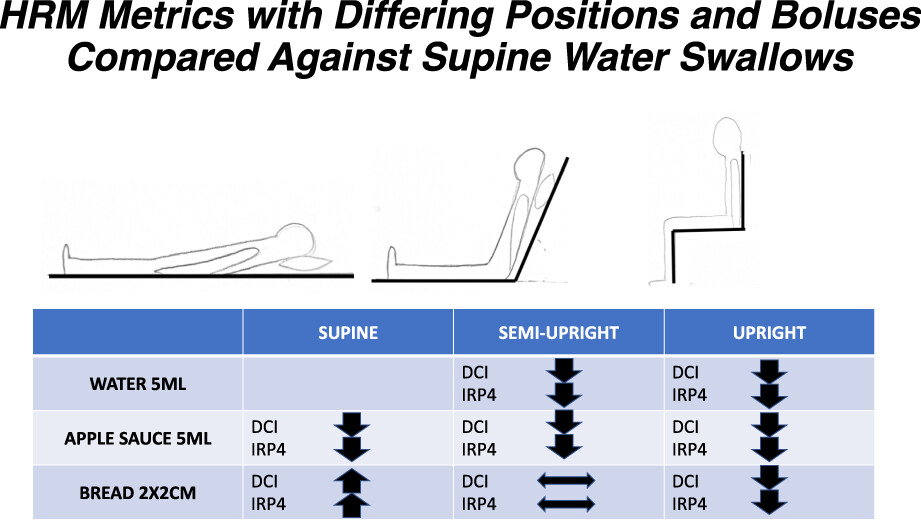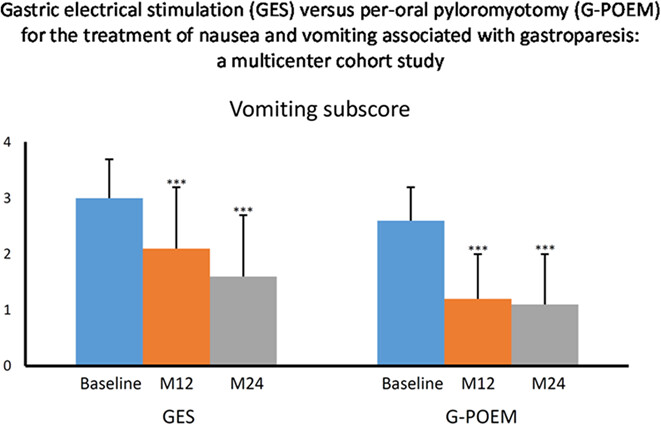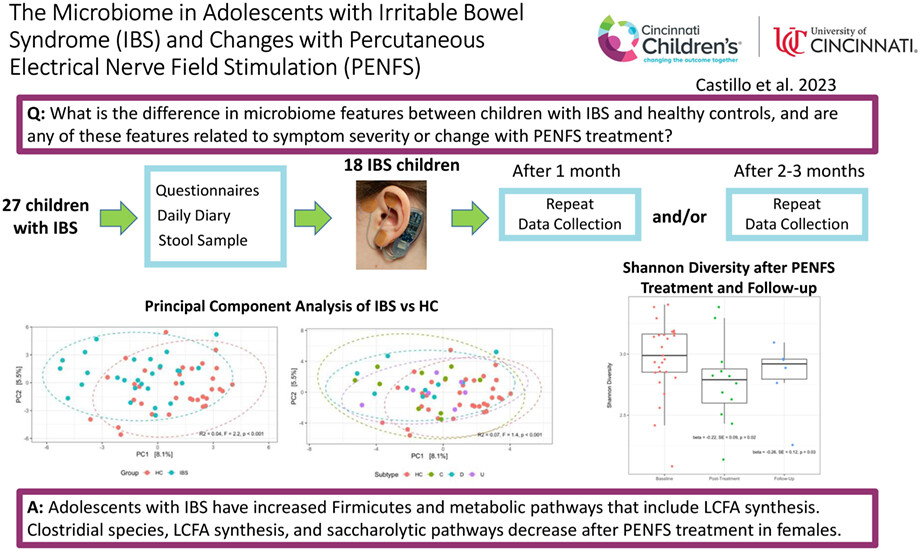Journal list menu
Export Citations
Download PDFs
ISSUE INFORMATION
MINI REVIEW
Role of stimulator of interferon genes (STING) in the enteric nervous system in health and disease
- First Published: 24 April 2023
REVIEW ARTICLES
Volatile organic compounds as potential biomarkers of irritable bowel syndrome: A systematic review
- First Published: 13 February 2023
Current and future perspectives on the utility of provocative tests of anal sphincter function: A state-of-the-art summary
- First Published: 15 November 2022
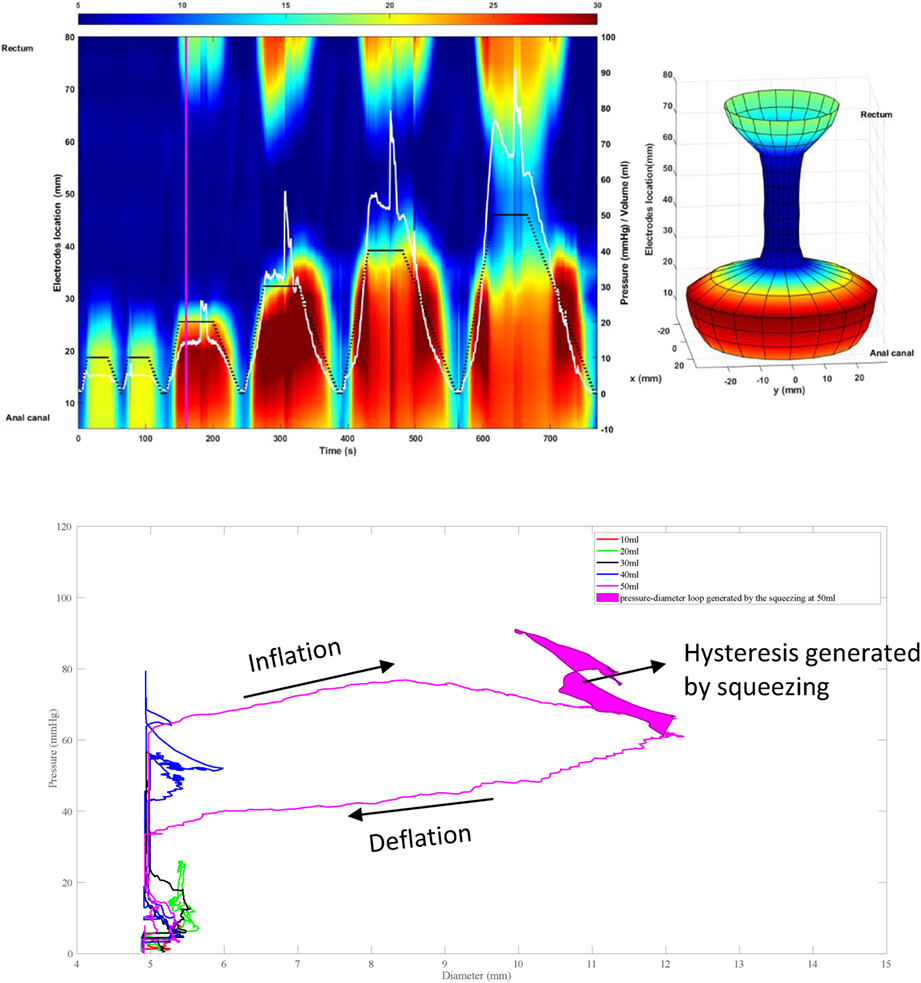
Anal acoustic reflectometry and the functional lumen imaging probe are two novel, provocative techniques of anal sphincter function that dynamically assess the anal sphincter during distension. This review details their current and potential future applications whilst highlighting the unanswered questions relevant to these new technologies.
ORIGINAL ARTICLES
An artificial intelligence platform provides an accurate interpretation of esophageal motility from Functional Lumen Imaging Probe Panometry studies
- First Published: 19 February 2023
Anxiety correlates with excessive air swallowing and PPI refractoriness in patients with concomitant symptoms of GERD and functional dyspepsia
- First Published: 14 February 2023
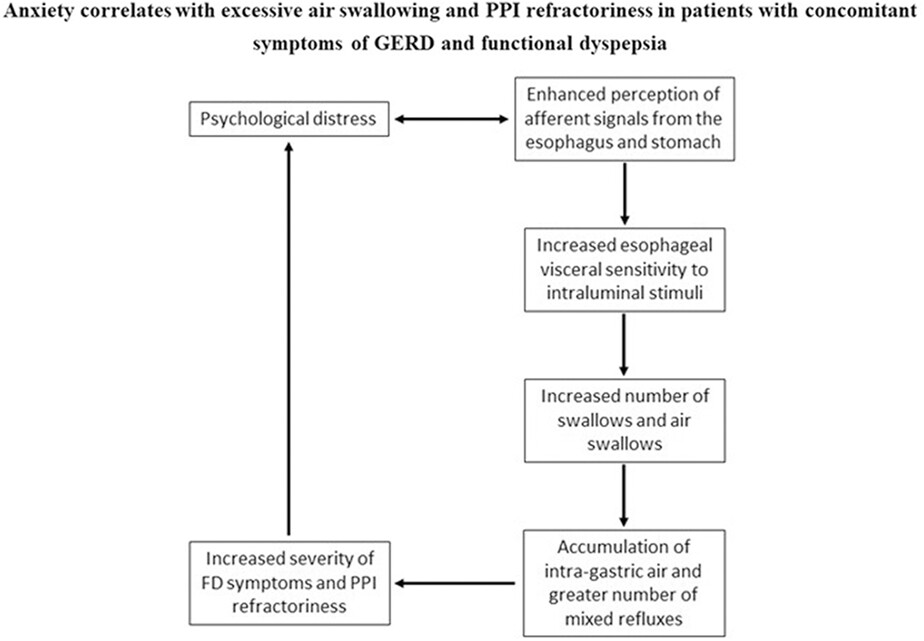
Our results, if confirmed in a larger, prospective clinical and therapeutic study, demonstrate the usefulness of an up-front evaluation with anxiety questionnaire and esophageal testing in patients with a broad spectrum of upper gastrointestinal symptoms who fail to respond to PPI treatment, supporting the option of alternative treatment modalities.
LETTER TO THE EDITOR
ORIGINAL ARTICLES
Identifying spastic variant of type II achalasia after treatment with high-resolution manometry and FLIP Panometry
- First Published: 21 February 2023
Stimulator of interferon genes (STING) expression in the enteric nervous system and contributions of glial STING in disease
- First Published: 27 February 2023
Major mixed motility disorders: An important subset of esophagogastric junction outflow obstruction
- First Published: 27 February 2023
Allergen-free extracts from birch, ragweed, and hazel pollen activate human and guinea-pig submucous and spinal sensory neurons
- First Published: 29 March 2023
Effects of treatment cessation and re-treatment in randomized controlled trials of prucalopride in patients with chronic idiopathic constipation
- First Published: 03 April 2023
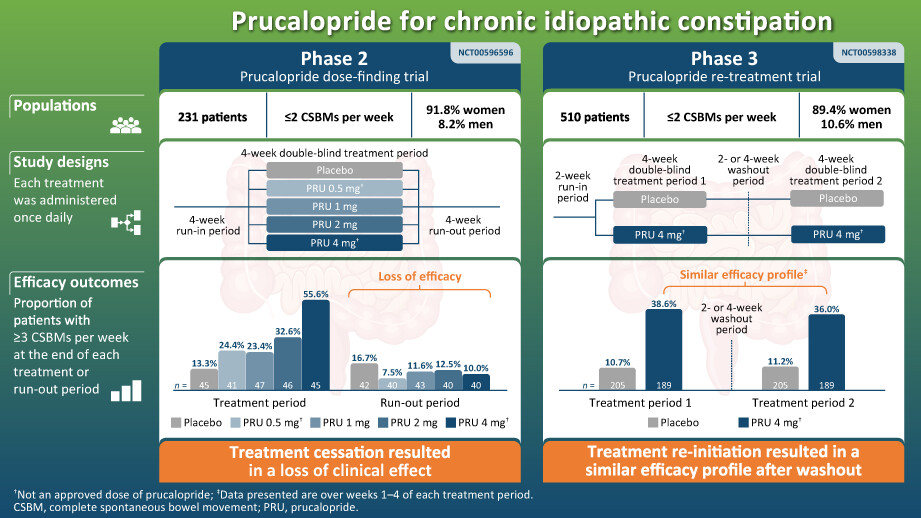
Cessation of prucalopride therapy resulted in a loss of initial clinical effect in a large proportion of patients with chronic idiopathic constipation. However, re-treatment with prucalopride after a period of treatment interruption provided a clinical response similar to that of the initial course of therapy.
Clinical characteristics and long-term outcomes in patients with cyclic vomiting syndrome: A 15-year experience at a tertiary referral center
- First Published: 29 March 2023
Evaluating the impact of position, volume, and consistency on high-resolution esophageal manometry outcomes
- First Published: 10 April 2023
Gastric electrical stimulation versus per-oral pyloromyotomy for the treatment of nausea and vomiting associated with gastroparesis: An observational study of two cohorts
- First Published: 24 March 2023
The microbiome in adolescents with irritable bowel syndrome and changes with percutaneous electrical nerve field stimulation
- First Published: 24 April 2023
Randomized controlled pilot study assessing fructose tolerance during fructose reintroduction in non-constipated irritable bowel syndrome patients successfully treated with a low FODMAP diet
- First Published: 13 April 2023
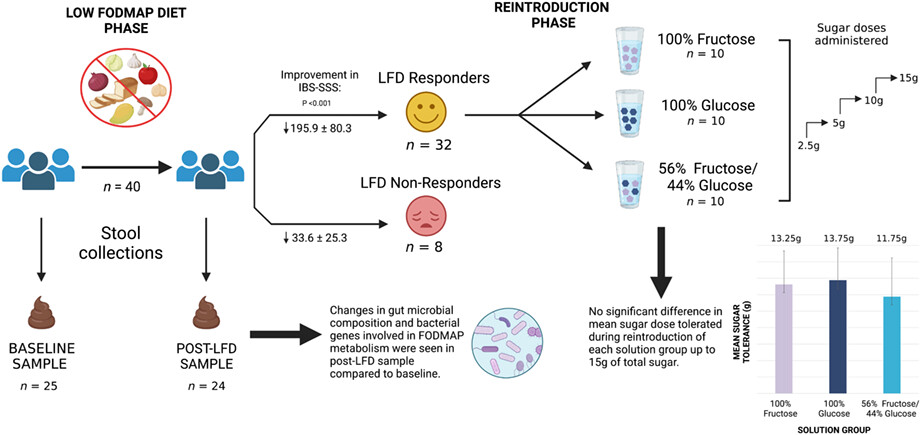
Non-constipated, LFD-responsive IBS patients reintroduced to different solutions (glucose/fructose/glucose + fructose) in increasing dosages up to 15 g demonstrated no significant difference in mean sugar dose tolerated, suggesting fructose reintroduction should use doses >15 g to assess tolerance. LFD was associated with significant changes in microbial composition and bacterial genes involved in FODMAP metabolism.
Using a footstool does not aid simulated defecation in undifferentiated constipation: A randomized trial
- First Published: 29 March 2023
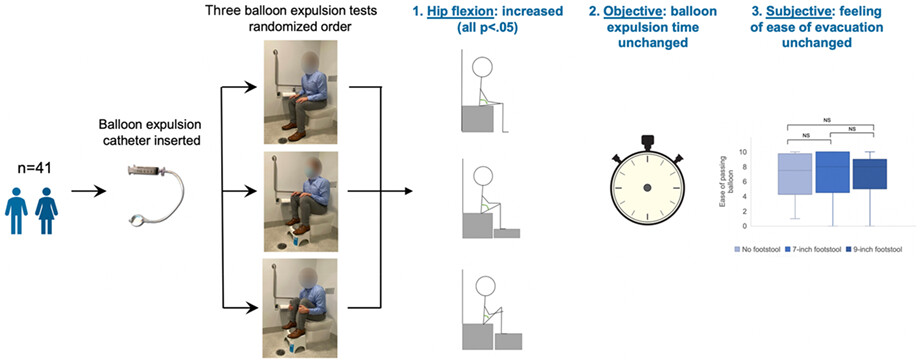
Although the use of a footstool during defecation changes the degree of hip flexion in the toileting position, we found that it does not improve the subjective or objective measures of simulated defecation in patients with undifferentiated constipation. Therefore, the recommendation for its use may not be applicable to all patients presenting with constipation.




